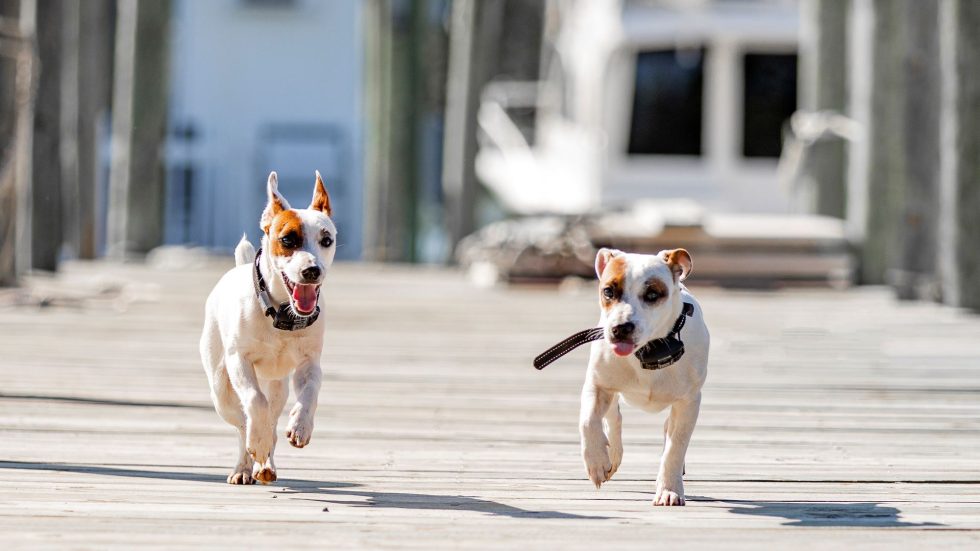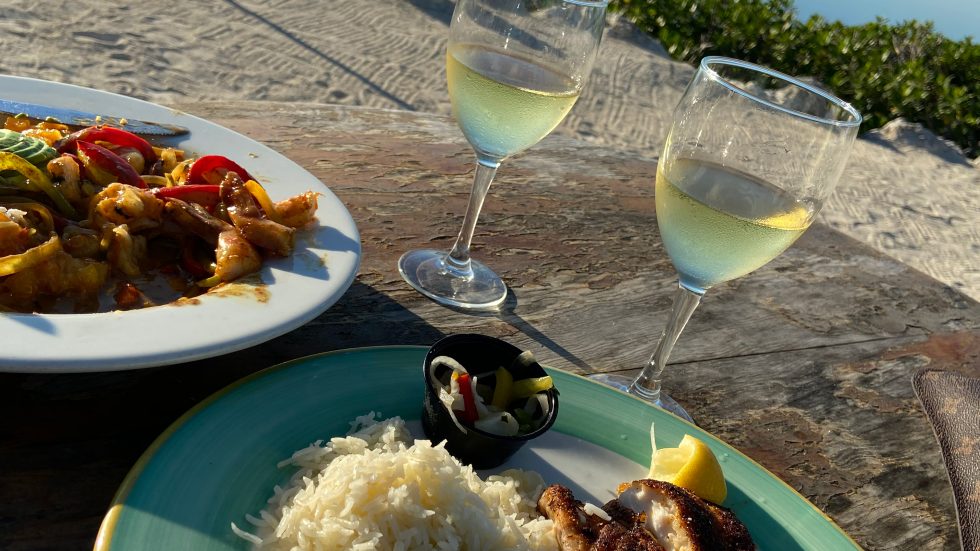“Following the birds,” where savvy fishermen target diving terns and gulls and follow high-flying frigate birds to find active fish, is a popular practice among saltwater anglers. I’ve personally used frigate birds to lead me to billfish offshore and to schools of rolling tarpon and cruising jacks in within casting distance of shore in the Gulf of Mexico. It’s why they’ve earned the nickname “fish birds.”
Bird-watching is a tactic followed by freshwater fishermen as well. Gulls diving into the drink just about anywhere herald the presence of baitfish below and the gamefish that follow. Here in the Heartland, a flock of frantically diving gulls usually points to a pod of hungry stripers or white bass that have corralled a school of baitfish and have pushed the minnows up to the surface. The baitfish are then within range of the dive-bombing birds. Casting anything resembling the featured baitfish into the melee usually results in a quick hook-up.
What many anglers don’t realize is that gulls and terns resting on the surface, especially in any concentration, are usually in the vicinity of baitfish schools, biding their time until the bait comes to the surface. As with frantically feeding birds, casting around resting sea birds can also lead to action with hungry gamefish that are shadowing the bait below. Speckled trout anglers use a similar tactic in coastal waters, motoring within casting distance of gulls patiently following schools of feeding weakfish. The same tactic works in freshwater where concentrations of gulls are spotting lounging atop the water.
Freshwater bass anglers often target areas where they see redwing blackbird activity in shoreline reeds, especially early in the season. The most recent example I’ve run across of birds helping fishermen came from a catfish guide I hosted on my weekly outdoor radio show (buckeyesportsman.net). When my guest, a catfish expert, mentioned fishing “the plops” I stopped him in mid-sentence and asked him to elaborate on the unfamiliar term.
“Y’all ever see cormorants roosting in dead trees by the water?” he asked with a thick Texas drawl. “Well, they eat shad and other fish, and what their bodies don’t use they (excrete) when they are sittin’ up there. Wherever it lands in the water, it acts like chum, attracting bait and fish. The catfish can be thick under those roosting trees, feeding on all that stuff. We bait up with shad guts and cast to water under anywhere we see cormorants roosting, and usually hook into a mess of catfish.”
Which begged the question, “So, why do they call it fishing ‘the plops’?”
“Cause that’s the sound the (excrement) makes when it hits the water. You want to try to copy the sound with your bait size, so it goes ‘plop’ when it hits the water.’”
‘Nuff said.




